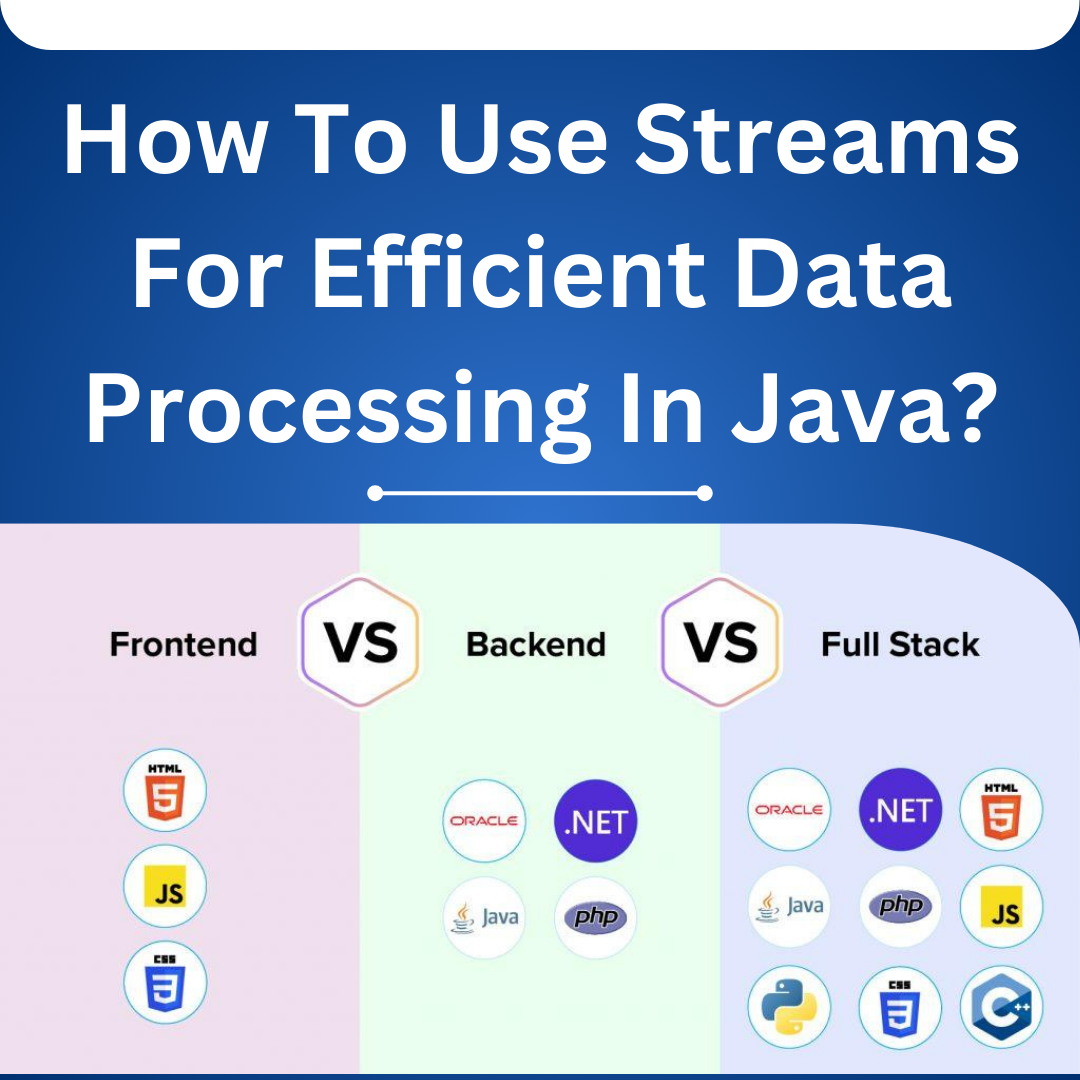How to become a Python full-stack techie?
Introduction
Are you a software enthusiast eyeing the vast opportunities in web development? Have you considered the journey to becoming a Python full-stack developer but not sure where to start? You’re in the right place! Python, with its simplicity and versatility, is a fantastic gateway to full-stack development. This blog will guide you to become a Python full-stack techie, covering the essential skills, tools, and practices to thrive in this dynamic field.
Also there are many python classes in bangalore providing training and placement for freshers to become a python full stack developer.
Step 1: Strengthen Your Python Fundamentals
First things first, a solid grasp of Python is non-negotiable. Python’s syntax is intuitive, making it a favourite among beginners and experts alike. Ensure you’re comfortable with Python basics, object-oriented programming, and Python frameworks like Django or Flask, which are crucial for web development. Resources like the official Python documentation, interactive platforms like Codecademy, and community forums like StackOverflow are invaluable for learning and troubleshooting.
Step 2: Dive into Front-End Technologies
Full-stack development means dealing with both server-side and client-side of applications. Hence, familiarise yourself with HTML, CSS, and JavaScript. These technologies are the backbone of web page structure, style, and functionality, respectively. Frameworks like Bootstrap can help make your designs responsive, while JavaScript frameworks (React, Angular, or Vue.js) are excellent for creating dynamic user interfaces.
Step 3: Master Back-End Development
Back-end development involves server Refer – Learn Backend, application, and database management. With Python, frameworks like Django and Flask simplify this process. Django, with its “batteries-included” approach, offers built-in features for common web development tasks, making it ideal for rapid development. Flask, on the other hand, is more flexible, suitable for projects requiring a custom approach. Understanding RESTful API development and database management (SQL or NoSQL databases like PostgreSQL, MongoDB) is crucial.
Step 4: Get Comfortable with Version Control
Version control systems, especially Git, are essential tools for every developer. They allow you to track and manage changes to your codebase, collaborate with others without stepping on each other’s toes, and revert to previous versions when something goes wrong. Platforms like GitHub or Bitbucket also facilitate portfolio building and collaborative projects, critical for professional growth and networking.
Step 5: Embrace DevOps Practices
A full-stack developer’s role often overlaps with DevOps, involving continuous integration and deployment (CI/CD), containerization (Docker), and orchestration (Kubernetes). Familiarizing yourself with these practices can significantly enhance your productivity and the reliability of the applications you develop. Learning about automated testing, deployment pipelines, and monitoring will also prepare you for handling real-world applications at scale.
Step 6: Work on Real Projects
Theory and practice go hand in hand. Start with small projects, gradually increasing complexity as you become more comfortable. Contributing to open-source projects is a great way to gain experience, improve your coding skills, and contribute to the community. Building your own full-stack applications from scratch will also consolidate your knowledge and showcase your skills to potential employers or clients.
Step 7: Stay Updated and Network
The tech field is ever-evolving, and staying updated with the latest trends, tools, and best practices is crucial. Follow tech blogs, join Python and web development communities, attend workshops, webinars, and conferences. Networking with fellow developers can lead to collaboration opportunities, mentorship, and insights into the industry.
Step 8: Build Your Portfolio
A well-crafted portfolio demonstrating your full-stack projects, especially those involving Python, is invaluable. Include a variety of projects that showcase your skills in both front-end and back-end development. Your portfolio should be easily accessible, preferably hosted online, with a clean, professional layout.
Conclusion
Transitioning to a Python full-stack developer is a journey of continuous learning and practice. By mastering Python FullStack both front-end and back-end technologies, embracing best practices, and engaging with the development community, you can carve a niche for yourself in the dynamic field of web development. Remember, the journey is as rewarding as the destination, filled with opportunities for personal and professional growth. So, start coding, keep learning, and build amazing things with Python. Happy coding!
FAQs
Q: How long does it take to become a Python full-stack developer?
A: The timeline varies based on your starting point, learning pace, and the time you can dedicate. Generally, with consistent study and practice, you can make a significant transition within a year.
Q: Can I learn Python and full-stack development for free?
A: Yes, there are numerous free resources online, including Python’s official documentation, coding challenges, and tutorials. FreeCodeCamp and Coursera also offer free courses in Python and web development fundamentals.
Q: Is Python a good choice for full-stack development?
A: Absolutely! Python’s simplicity, versatility, and the robust framework ecosystem make it an excellent choice for both beginners and seasoned developers looking to dive into full-stack development.
Now that you have a roadmap to becoming a Python full-stack developer, it’s time to embark on this exciting journey. With dedication, practice, and continuous learning, you’ll be well on your way to crafting the digital experiences you’ve always admired. Here’s to a fulfilling journey ahead in the world of Python full-stack development!










